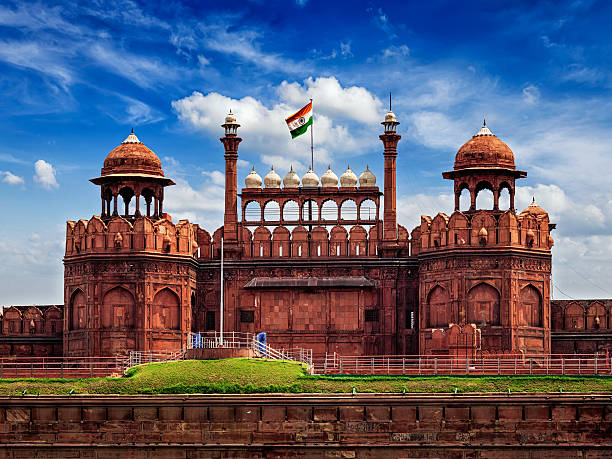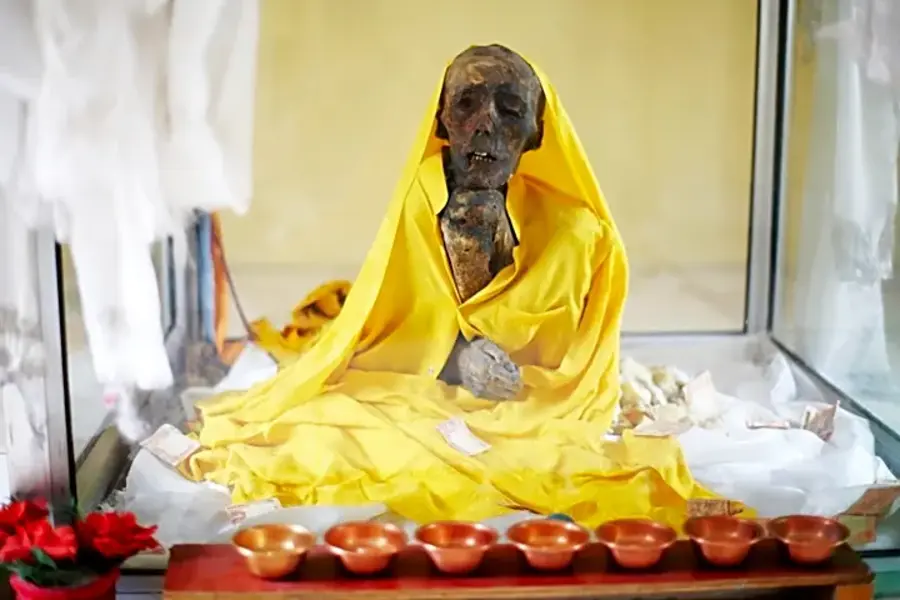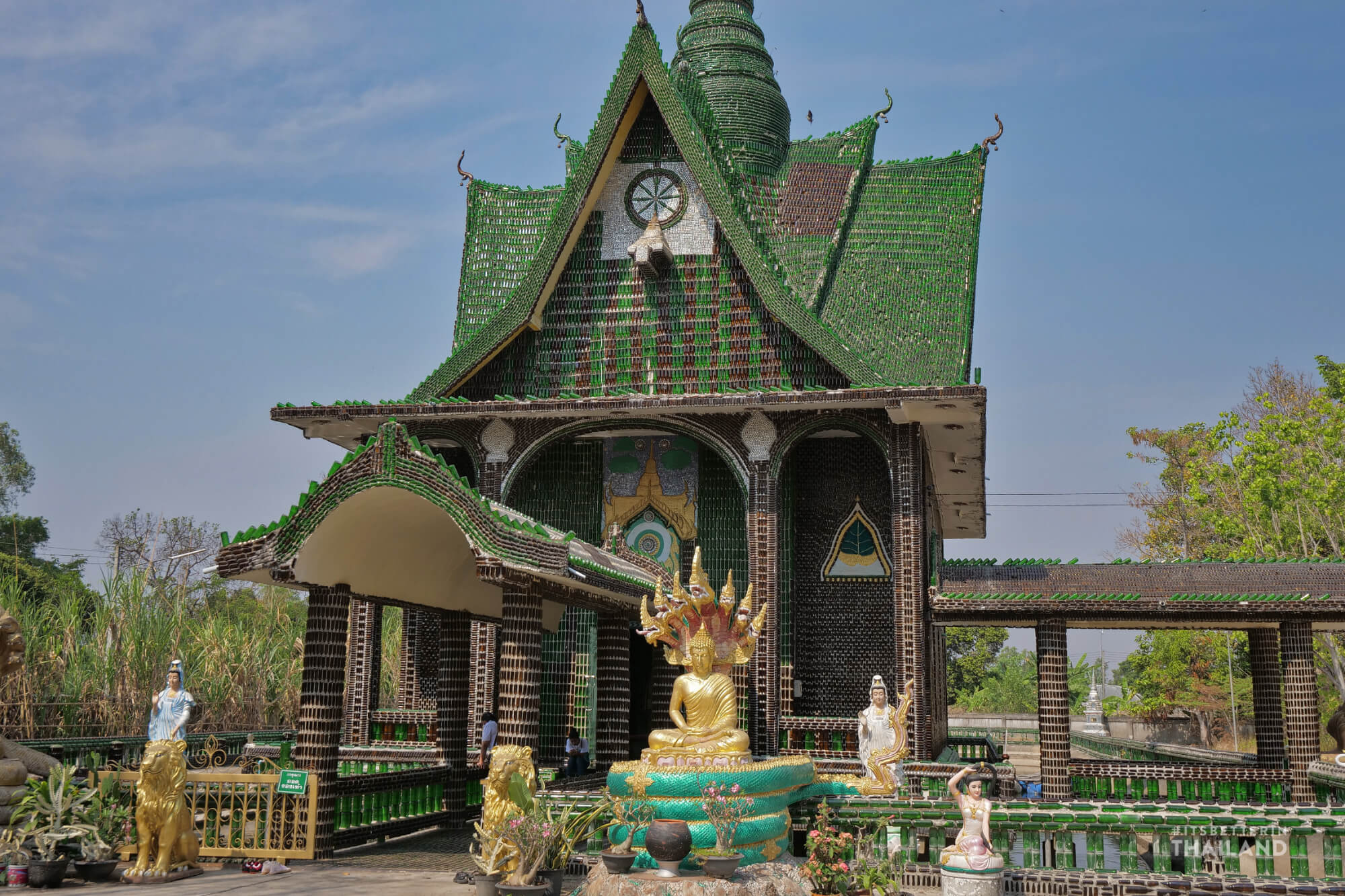
Though today known worldwide for its iconic red sandstone façade, Delhi’s Red Fort commissioned by Emperor Shah Jahan between 1639 and 1648 was originally clad in white lime plaster, giving it a pale, gleaming appearance. Over time, the plaster weathered and deteriorated, prompting the British to repaint the fort deep red to protect the structure and impart a uniform hue.
Archaeological discoveries at Lal Qila's site have further revealed that the area was inhabited long before the Mughals tools and pottery from the Ochre‑Colored Pottery culture (circa 2600–1200 BCE) have been unearthed. This shows the region’s millennia‑long human presence.
Inside the fort lies Chatta Chowk, a covered bazaar of 32 arched shops once frequented by the imperial court for silks and gems unique in Mughal urban design. The architecture also included subtle acoustic features: courtiers could hear visitors approaching before they appeared, thanks to echo‑amplifying chambers.
Later, after the 1857 uprising, Bahadur Shah Zafar was tried by the British in the Diwan‑i‑Khas within the Red Fort. Much of the palace's marble structures were dismantled or repurposed as military barracks, leaving only the defensive walls intact.
Tags:
Post a comment
Culture takes the lead in India’s travel wishlist!
- 02 Sep, 2025
- 2
Visit these 6 Iconic spots from your favorite Bollywood Films!
- 04 Aug, 2025
- 2
Monk that lives beyond time! Spiti's uncovered secrets.
- 14 Sep, 2025
- 2
Top countries with best work-life balance!
- 29 Aug, 2025
- 2
Uttar Pradesh Pulls Ahead With Maximum Tourist Footfall!
- 26 Sep, 2025
- 2
Categories
Recent News
Daily Newsletter
Get all the top stories from Blogs to keep track.

















